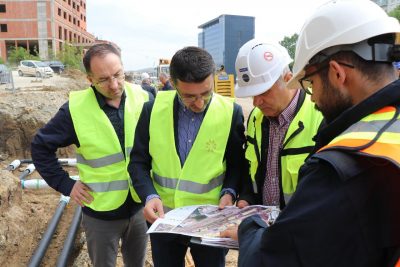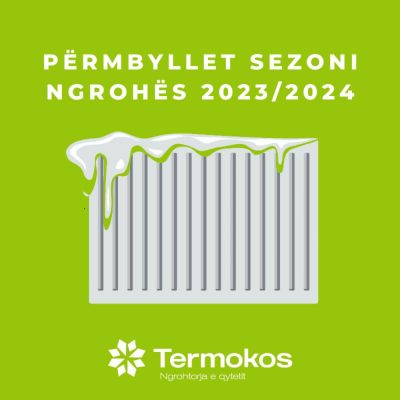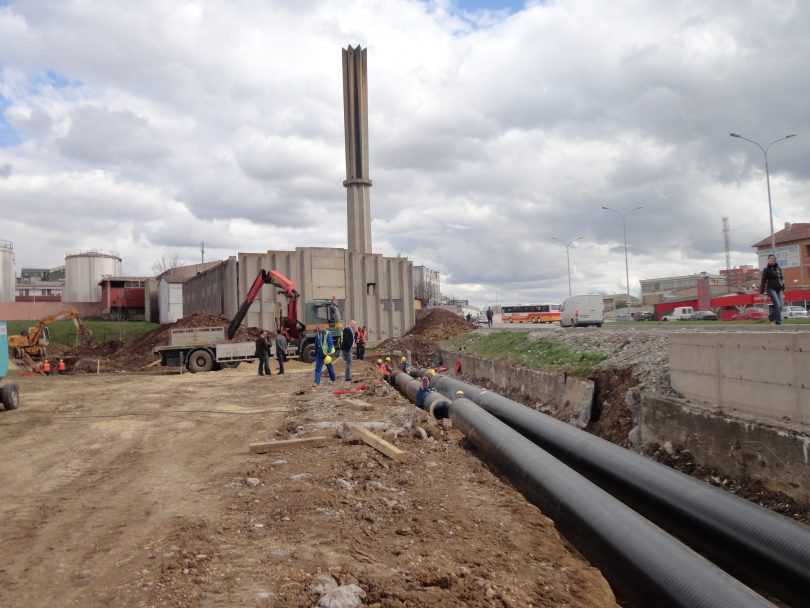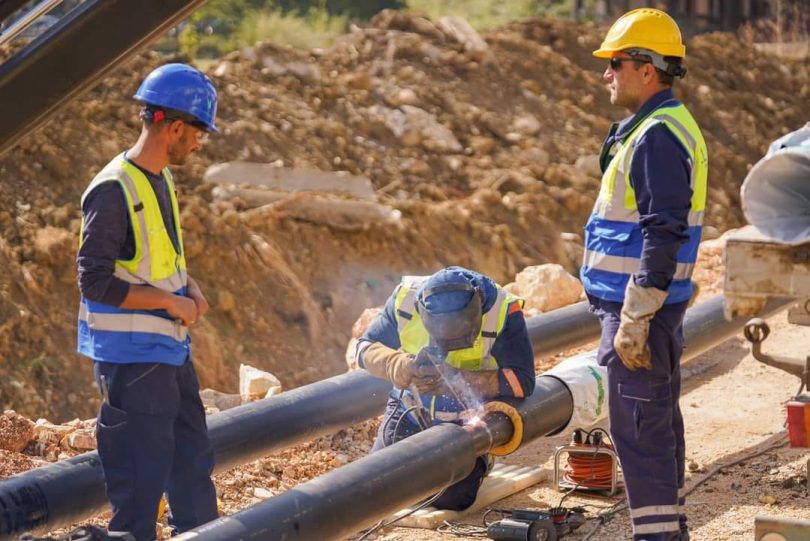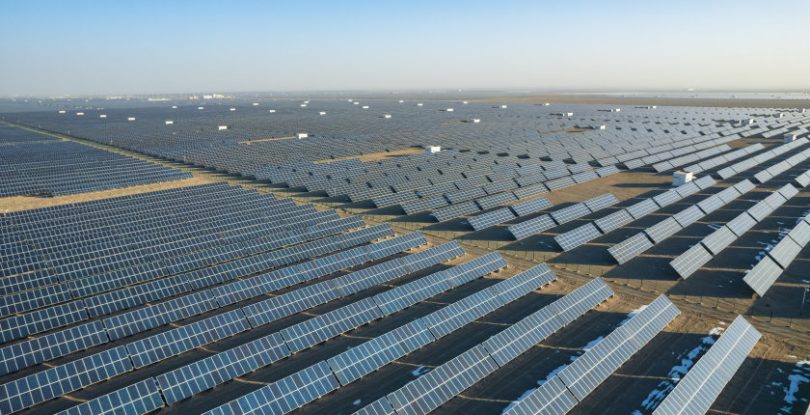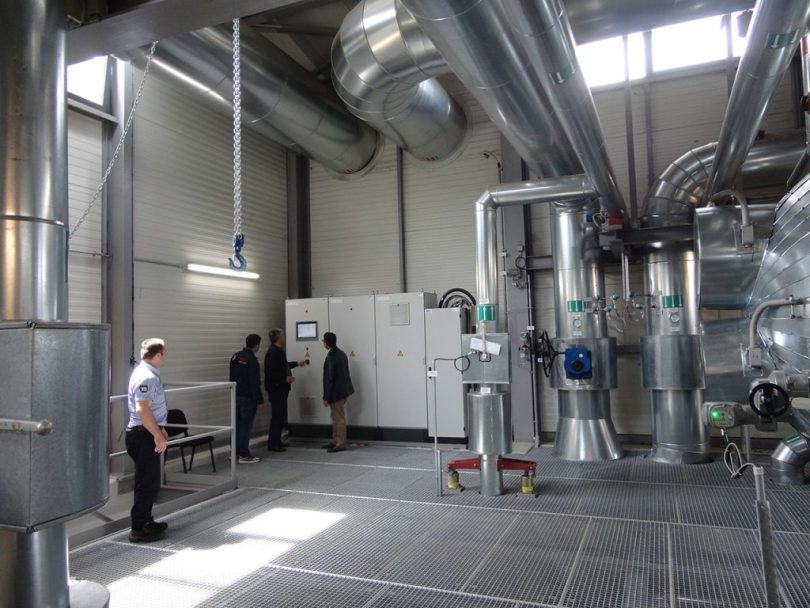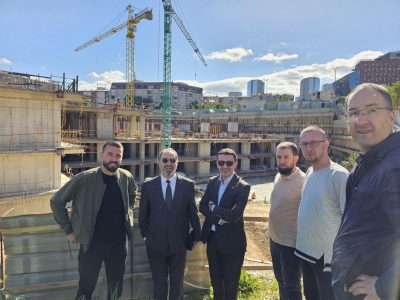

mbi




Termokos brenda pak muajve ka pasur:
Termokos
24 / 7
Në saje të realizimit të projektit të kogjenerimit është siguruar ngrohje e mjaftueshme dhe cilësore për 24/7
Publikime dhe Konkurse
Pyetjet më të shpeshta
Informacion
Sezoni i ngrohjes fillon më 15 tetor dhe mbaron më 15 prill të vitit vijues. Bazuar në aktet ligjore në fuqi, në varësi të kushteve klimatike, sezoni i ngrohjes mund të shkurtohet ose të zgjatet. Në rast se kushtet klimatike janë të favorshme sezoni ngrohës mund të fillojë pas datës 15 tetor ose të përfundojë para 15 prillit të vitit vijues. Në të kundërtën, në rastet kur temperaturat e ulëta mbretërojnë për tri ditë radhazi para afatit ligjor për fillimin e sezonit ngrohës apo moti i ftohtë vazhdon pas 15 prillit, në bazë të disa parakushteve me aktet ligjore në fuqi lejohet furnizim i jashtëzakonshëm me ngrohje maksimalisht nga data 1 tetor deri më 30 prill.
Faturat e ngrohjes mund të paguhen në arkat statike në ambientet e NP “Termokos”, në të gjitha pikat e Postës së Kosovës, në Banka si dhe në institucionet mikrofinanciare: Western Union, MoneyGram, Ria dhe Finser.
Afati i pagesave është 15 ditë pas dërgimit të faturës tek konsunatori.
Që nga fillimi i furnizimit me ngrohje nëpërmes sistemit të kogjenerimit orari i furnizimit me ngrohje për gjithë konsumatorët është 24 orë pa ndërprerje gjatë gjithë sezonit ngrohës.
Llogaritja e shpenzimeve të ngrohjes për konsumatorët e NP “Termokos” Sh.A, bëhet në bazë të sipërfaqes ngrohëse në metra katror. Të dhënat për hapësirën ngrohëse të lokalit banesor sigurohen nga Ndërmarrja Publike Banesore, nga investitori për objekte të reja apo nga vetë konsumatori, duke sjellë kontratën e shitblerjes.
Nga sezoni ngrohës 2023/2024, NP “Termokos” planifikon që të fillojë me metodën e re të faturimit sipas konsumit për të gjitha subjektet banesore dhe afariste, ku tashmë janë vendosur pajisjet e reja matëse për shpenzimin e energjisë, në kuadër të projektit “Prishtina Heat Save”.
Këto pajisje do t’iu mundësojnë konsumatorëve, që të paguajnë vetëm aq sa shpenzojnë.
Në rastin e shitblerjes së pronës, qoftë lokali banesor apo afarist, pronari i ri ka të drejtë të bëj kërkesë për ndërrimin e emrit të pronarit të vjetër. Në këtë rast, pronari i ri është i obliguar, që të ofrojë kontratën e shitblerjes së hapësirës të verifikuar në gjykatën kompetente. Së bashku me pronarin e vjetër, duhet të bëjnë shlyerjen e borxhit të mbetur në kartelën e konsumatorit të vjetër. Pas përfundimit të kësaj procedure, bëhet ndërrimi i emrit me pronarin e ri dhe nënshkruhet kontrata për furnizim me pronarin e ri.
